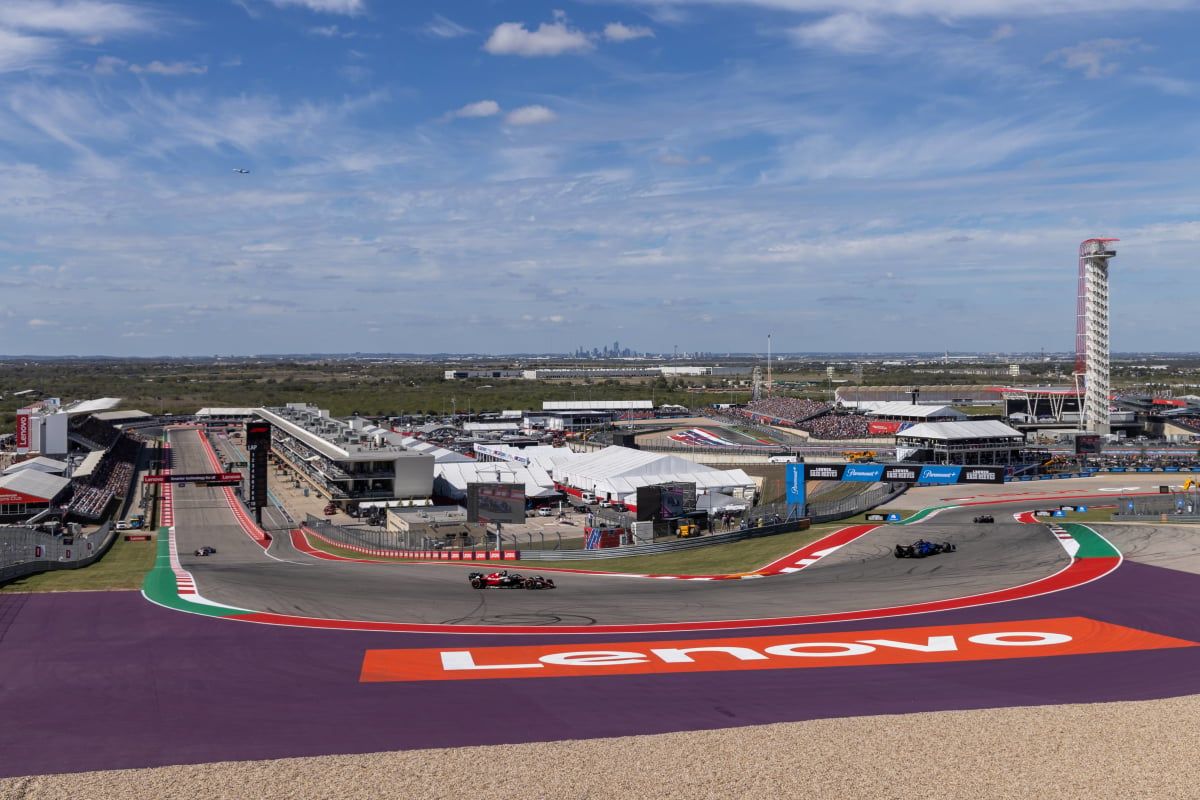Extreme Heat at the United States Grand Prix Could Trigger FIA Warning
Formula 1 is once again bracing for extreme weather conditions as the championship heads to Austin, Texas, for the 19th round of the 2025 season — the United States Grand Prix. Following the sport’s first-ever FIA-declared “heat hazard” in Singapore earlier this month, soaring temperatures at the Circuit of the Americas (COTA) could prompt officials to issue a similar warning this weekend.
According to forecasts, the drivers will face blistering conditions in Austin, with Saturday’s qualifying session expected to reach a scorching real feel temperature of around 39°C. The intense heat will add an extra layer of physical and mental challenge for drivers already battling fatigue, dehydration, and G-force stresses during one of the most demanding weekends of the year.
Adding to the difficulty, this race is also a Sprint weekend, meaning there will be more on-track action than usual — including the Sprint Shootout, Sprint race, qualifying, and the main Grand Prix — all taking place over just three days. The compressed schedule offers more chances for drivers to earn valuable points but also means less time to recover between sessions. The combination of high-intensity racing and sweltering conditions could make Austin one of the toughest rounds of the season.
The FIA’s “heat hazard” protocol, which was introduced for the 2025 season, is designed to protect drivers when extreme temperatures threaten their health and performance. The regulation allows drivers to wear cooling vests inside the cockpit — a measure that helps regulate body temperature during the race. These vests use a special fluid-cooling system to prevent heat exhaustion and reduce the risk of dehydration.
However, not all drivers are fans of the technology. During pre-season testing, several expressed discomfort with the vests, citing restricted movement and added weight. To address this, the FIA implemented a rule stating that drivers who choose not to wear the cooling vest must add 0.5kg of ballast to their car. This ensures fairness in performance while allowing drivers the freedom to choose what best suits them physically.
If the FIA does declare another official heat hazard in Austin, it would mark the second consecutive Grand Prix to fall under such conditions — an unusual and worrying trend that underscores growing concerns about climate impacts on the sport. Formula 1 races in some of the world’s hottest locations, including Qatar, Bahrain, and Saudi Arabia, where drivers often endure cockpit temperatures exceeding 50°C.
The issue gained attention after last year’s Qatar Grand Prix, when several drivers reported severe dehydration and heat-induced illness during the race. That incident pushed the FIA to take proactive measures in managing environmental risks and prioritizing driver welfare.
This weekend’s race promises to be a major test — not only of the drivers’ skill and endurance but also of Formula 1’s evolving safety standards. As Oscar Piastri and Lando Norris prepare to continue their tight championship battle, all eyes will be on how teams adapt to the punishing Texan heat — and whether the FIA steps in to issue another critical heat hazard warning.




